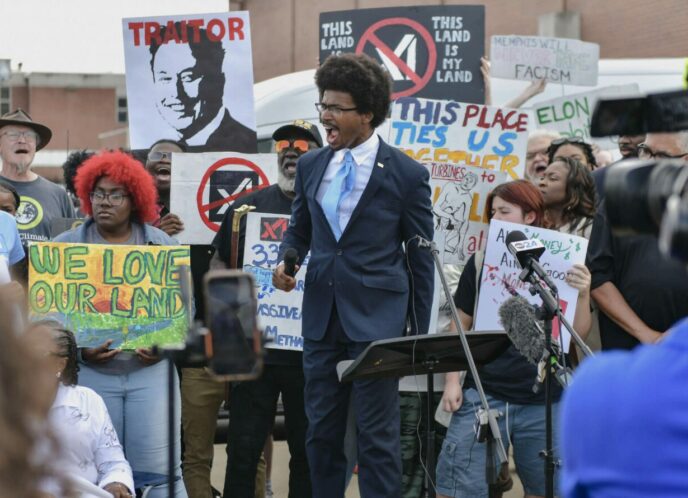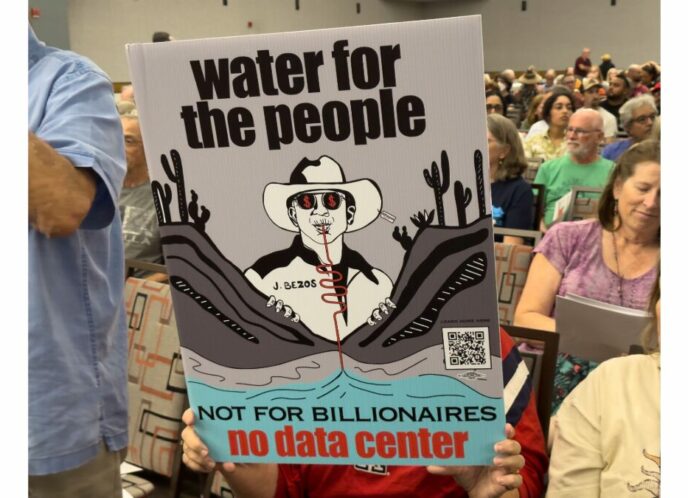In cities and towns across the country, relationships between Blacks and Latinos have been fraught with fear, suspicion, and racism—but also nurtured by camaraderie, shared experiences, and mutual struggles. While the media, talk radio, and political commentators often take the opportunity to highlight and expose the divisions between Blacks and Latinos in the United States, they seldom give ample air time and ink to the mutual interests, projects, and joint efforts led by Blacks and Latinos to improve the quality of life for their children, families, and communities. This publication aims to highlight examples of efforts involving Black- and Latino-serving nonprofit organizations that utilize strategic communications to enhance their advocacy work and improve opportunities in communities of color.
With profiles of a variety of grassroots organizations effectively using strategic communications to build alliances among communities of color, this landmark report outlines common challenges and showcases promising practices for getting beyond them.
From the introduction:
“It is detrimental to all of us when we are not constantly challenging the media and reframing public
debates in ways that bridge racial divides in language that speaks to all races and ethnic groups,”
John A. Powell writes in his foreword to the 2006 communications guide Talking the Walk. To craft effective social and racial justice movements we must, he says, disrupt the master narrative.
Indeed, media matters. Television, radio, print media, and the Internet are instrumental in shaping public opinion, moving public policy, and framing the public debate. The media is today’s public square; it selects the terms we use and controls, to a large degree, what gets discussed and what falls aside. As media outlets are increasingly owned by a few corporate powers, the diversity of perspectives has narrowed; only 12 percent of those who control messages in the newsroom are people of color.
The organizations and campaigns profiled in this report have dedicated resources and attention
to this challenge. They have used strategic communications to advance their advocacy and organizing
work and to strengthen ties between Black and Latino communities. Most have succeeded—in ways large and small—in reframing the dominant messages and increasing the diversity of voices and perspectives in the mix.



